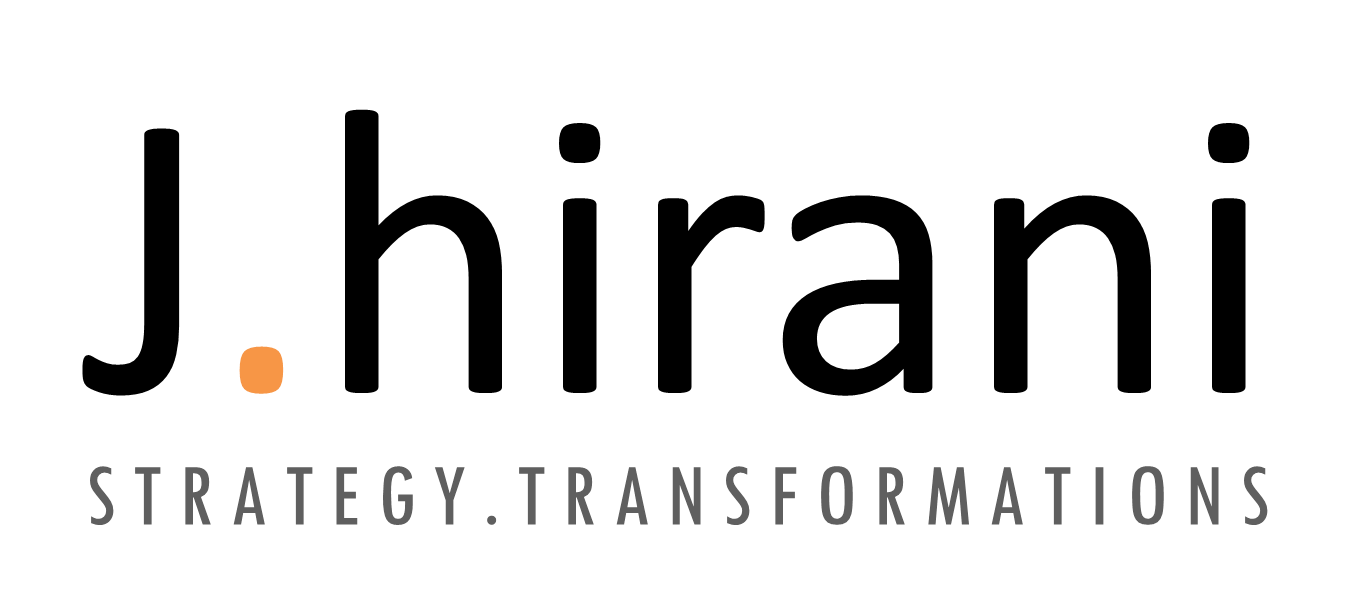What is scrum?
Scrum is basically a framework for project management which promotes accountability, teamwork and repetitive progress for a well-defined goal.
Why scrum?
Scrum concept was brought to overcome the historic challenges of constant project delays and budget overruns. The framework is prepared with an aim to resolve complex problems in an easier way with people, teams and ultimately organizations achieving highest level of productivity and creativity in delivering the desired outcome.
Scrum approach is not aiming upfront massive planning; rather it is based on macro planning of milestones, supported with ongoing sprint based micro planning (of only what you can see) with strong support of evidence and observations.
3 Pillars of Scrum
The three pillars of scrum are,
Transparency: By transparency it means that each and everybody included in the agile team should have a crystal-clear understanding about the scrum goals and their individual roles and responsibilities. In order to achieve the transparency,
The team has to be aligned with a single definition of “done”, so that when the stages of the product/services development are marked “completed”, each and everybody knows what that means
Inspection: Second pillar is inspection; one of the integral pillars which makes scrum framework adaptive to solve complex problems. The best part about inspection is “it is done by” each and everyone involved in the project. Organisations using Scrum regularly inspect artifacts to see undesirable variances and provide opportunities to correct them. One example is when the Scrum team shows the progress of the product outcome to the customer (client) at the end of each sprint to get their feedback. When there are changes proposed by the customer or the stakeholder, the team adapts to these changes until they all agree with the final product. Apart from the product, inspection can be done in all other aspects of the Scrum framework, the processes, people, practices, etc.
Adaption: Third and last pillar is adaption which will only be possible if team’s workflow is transparent and the inspection is carried to figure out whether the things have to be adjusted or changed where and when required. Adaptation is done as soon as possible to optimize the project outcome. This is where the sprint review meeting comes very handy. During the review, the process is assessed against the sprint goals. The entire agile team and the stakeholders collaborate about what was done during the sprint, and the things to be done in the succeeding sprint in order to optimize the outcome value
Steps of implementing scrum
Identifying the scrum team: The team members in the scrum are different based on the organizations but generally the team strength ranges from 5 to 10 members where all these team members have different competences needed in the project and continuously work together. Here, the team itself is in charge of delivering the valued deliverables
Identifying the sprint time period: A sprint is a time frame that lasts between 7 and 30 days depends what organization chooses and the same is continued. In this sprint, actions are to be decided of next sprints and once sprints are completed the same are reviewed to identify improvement need for the next sprint planning.
To appoint a scrum master: Scrum master is considered simply as a Project Manager for the team, except the person shouldn’t dictate what the team works on, also shouldn’t try to micro-manage anything. The Scrum Master will assist the team in planning the work for the coming sprints.
To appoint the product owner: Product owner is the person who interacts with customers and documents the requirements. Also to communicate the same to the development team, so product owner should be a person that can be in charge of making sure the team produces value from the project
Create the initial product backlog: The Product backlog is a wish list of all of the user stories (requirements) that is expected to be completed in the project. The most important story should be in the top of the list, so the entire backlog is continuously ranked in order based on story importance.
Plan and start your first sprint: Based on the backlog prioritization, the team now picks items from the list (typically from the top). The team brainstorms and decides on what and how much they can complete in the upcoming sprint. This is called the sprint planning meeting. Once the team agrees, the sprint is started and the team starts working on the stories
Close the current and start the next sprint: When the end of the time-box is reached, the end of the current sprint, all planned work should have been done. If this is not the case it’s up to the team to decide if the remaining work should transfer to the next sprint or be put back into the backlog. The team now does a retrospective where they discuss what went well and what could be improved for the next sprint. After that, the sprint planning meeting for the next sprint starts and the process is repeated
Conclusion
To complete a project within a stipulated time frame becomes a challenging task for the organizations and the worst part is sometimes organization in the process don’t know the same and once they know it gets too late to do anything as the resources have been burned without getting anything in return and this is where scrum really helps organization’s in achieving the goal by completing the projects on time by sprint planning where the micro tasks are analyzed timely and actions are taken accordingly when and where needed.
Author:
 Harsh Pavani, a PGDM graduate in Finance is associated with J.hirani as a Business Analyst, who is a great believer of ethics and likes to stay quiet and humble. He is always ready to learn something new and has worked closely in the industries of Apparel manufacturing and hospitality.
Harsh Pavani, a PGDM graduate in Finance is associated with J.hirani as a Business Analyst, who is a great believer of ethics and likes to stay quiet and humble. He is always ready to learn something new and has worked closely in the industries of Apparel manufacturing and hospitality.
About J.hirani: J.hirani is a Strategic Transformation team which works as a growth partner for different organisations in various industries by providing services like Agile transformation, Scenario mapping, Strategic alignment, Balance scorecard, Digital transformation, Incubating new ventures, Operation excellence and Aligning human capital.
©J.hirani, Scrum – One of the exquisite approaches for project management, October 2021. All rights reserved



